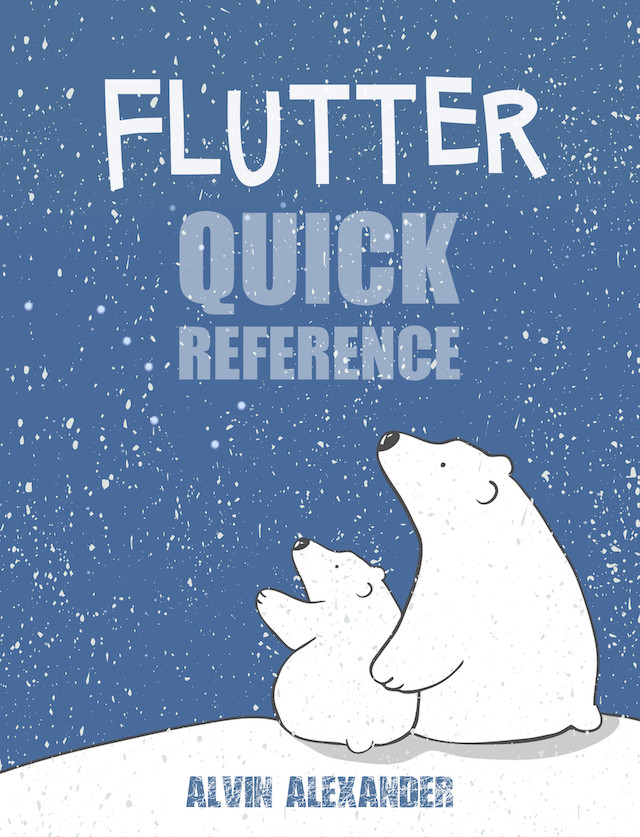Dart: How to pass a function into a function (using a Function as a method parameter)
If you’re interested in Dart/Flutter programming, here’s a little example of how to pass a Dart function into another function or method. The solution is basically a three-step process.
Step 1: Define a Dart method that takes a function parameter
First, define a Dart method that takes a function as a parameter, such as this exec method:
